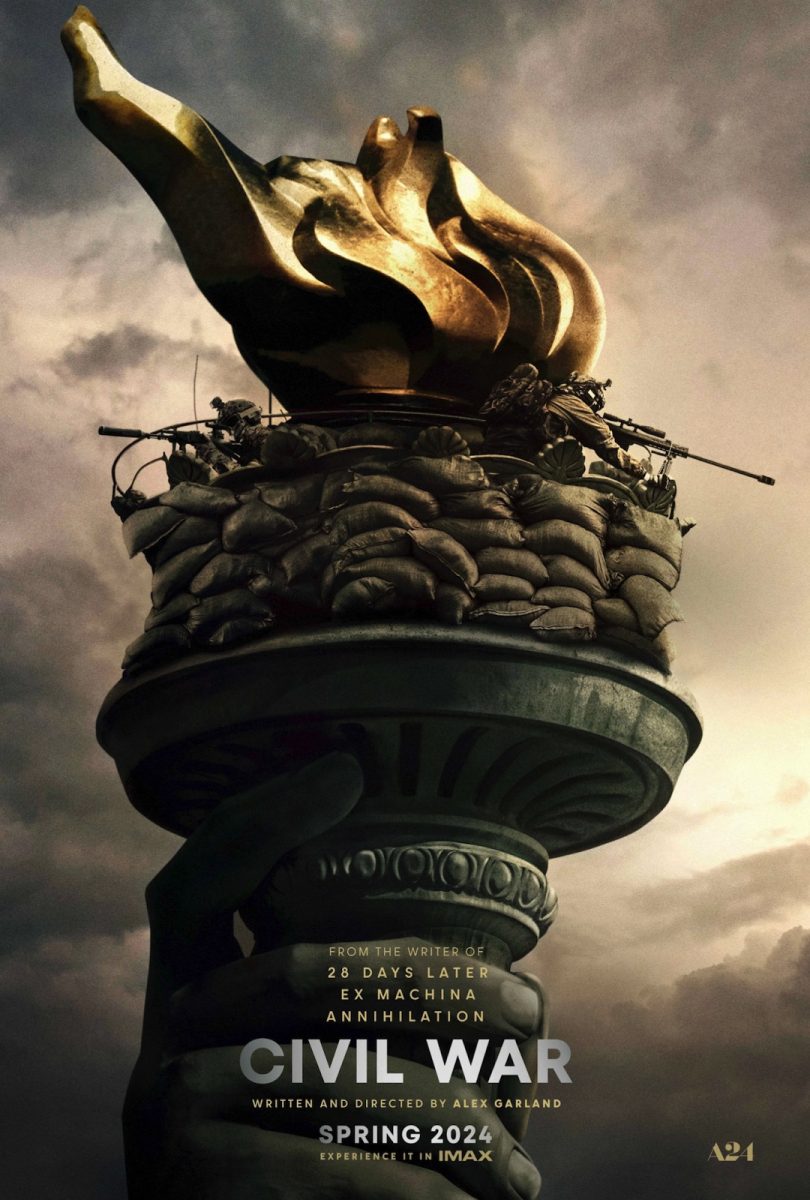I knew what I was getting myself into. I knew which characters were going to die before they even appeared on the screen. I knew I was going to be disturbed, but I had no idea the sucker punch to the gut that I was going to be dealt by this movie that was based on Jon Krakauer’s bestselling book, Into Thin Air. I was emotionally exhausted after reading the book, and that’s perhaps the best way to describe how I felt after watchingEverest.
I think we have become numb to seeing death in movies and television. For one, it’s usually the antagonists that get blown up, shot, torn to pieces, dropped in acid or die in some other inventive way. They get killed the quick way. Less often, though, does a protagonist die a slow death and one that could have been avoided.
The human body in its last moments before laying down in the ice dead is not an image well represented in movies, but that’s exactly what Everest sends your way. And it’s the characters you like that perish. You see the families of the dead, you know their final thoughts, you watch them give up their lives and somehow you are supposed to be okay with it. Somehow, you need to accept that this happened, like actually happened in real life, and leave the theatre with just the ticket stub and leftover popcorn. But this is not what you will do. Everest will haunt you long after you leave your seat.
I don’t believe I am spoiling the movie for you by telling you that the main characters die. Into Thin Airwas written from a firsthand account of the 1996 Mt. Everest disaster where eight climbers were killed in a blizzard that seemed to spring out of nowhere. Krakauer’s assignment was to write about the commercialization of Mt. Everest in the sense that anyone in fairly good health and with $65,000 can climb the world’s tallest mountain. Is this the way it should be? Should man (and woman) have more respect for nature? This is perhaps the biggest theme explored in Everest.
But what Krakauer’s work became was more than just a piece of adventure and outdoorsy journalism. He creates archetypal characters out of the members of that tragic 1996 expedition team. The hard-working family man, the guy going through a mid-life crisis and the reckless thrill-seeker are all represented in the movie. They are the personas that we see within ourselves, and we feel great dread for them as we watch their lives reach a tragic end.
However, we now know that the blizzard that killed the eight climbers in 1996 did not “spring out of nowhere.” The movie depicts, where the book does not, the truth with regards to how informed the climbers were about the storm that was headed their way. They knew it was coming; they knew that their window of opportunity was small and that lives were at risk.
But they still went and pushed as far to the edge of safety and comfort as they could. On that occasion, poor judgment, bad luck and hubris combined to create a perfect storm. On that day, May 10, 1996, eight people died because humans are flawed beings while nature is unforgiving — perfectly terrifying.
Although you may not be the type for deep philosophical messages within movies, Everest is still a remarkable film that uses great suspense to beautifully depict a real-life human tragedy and is worth taking the time to watch.







